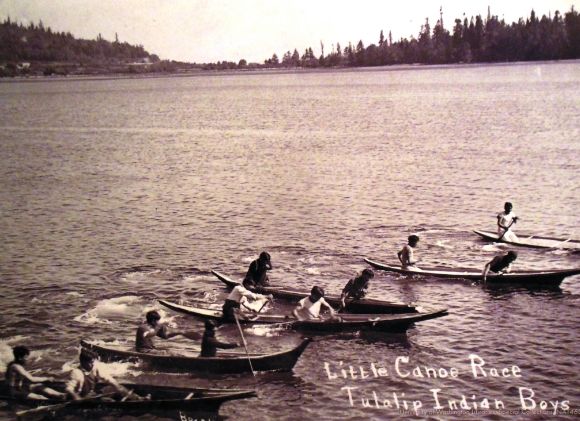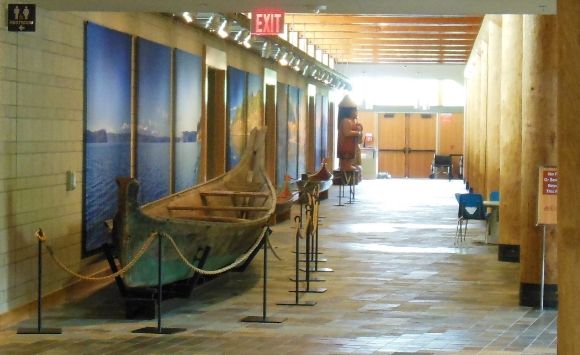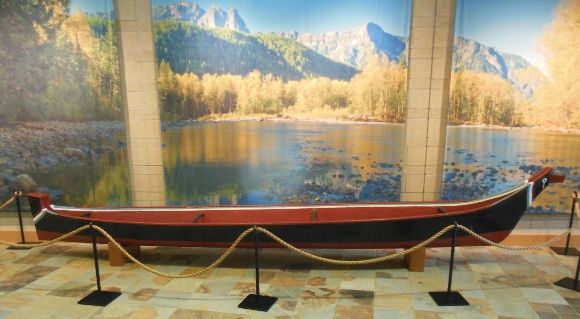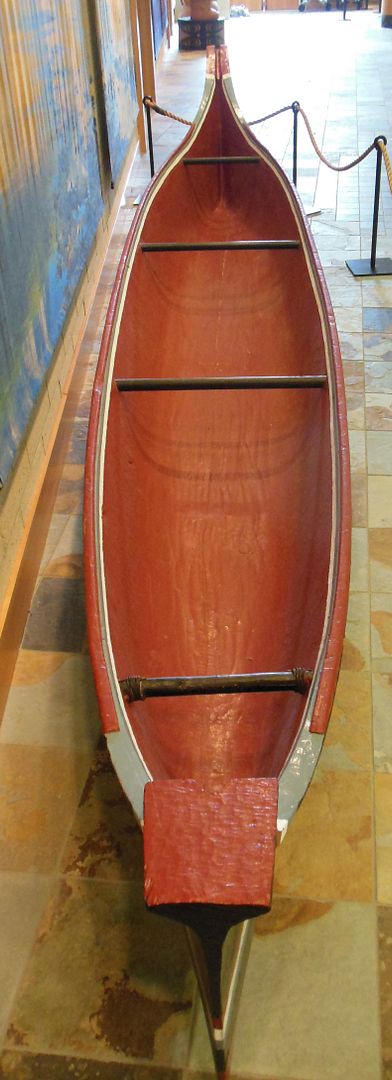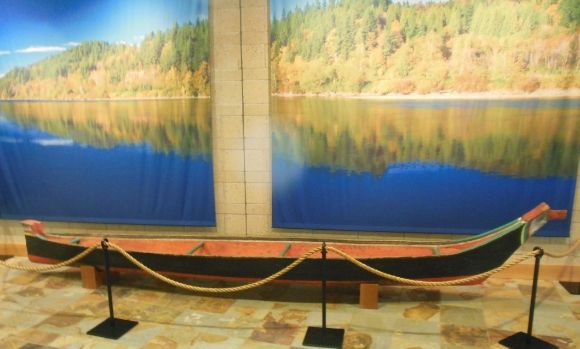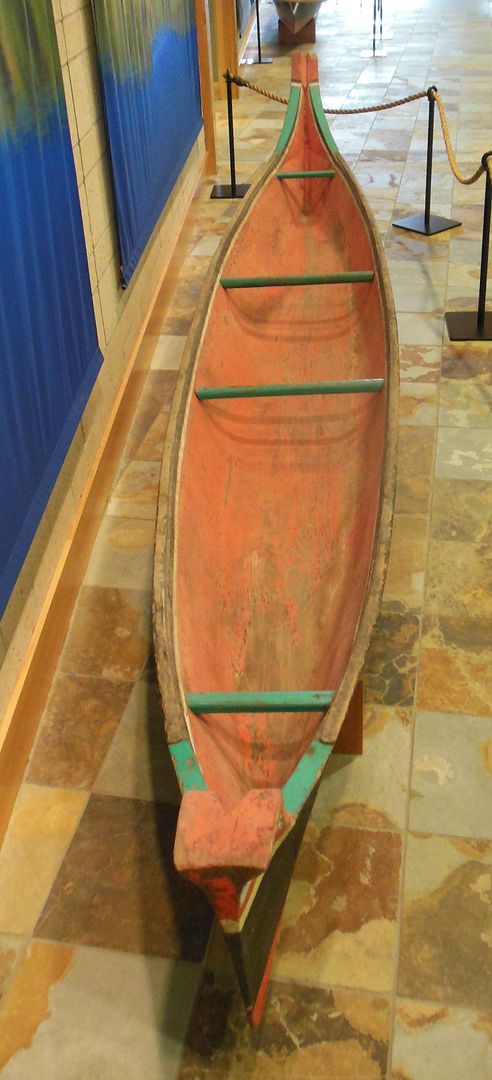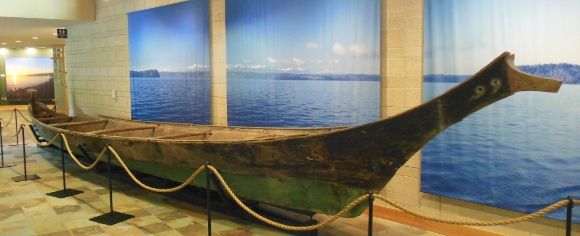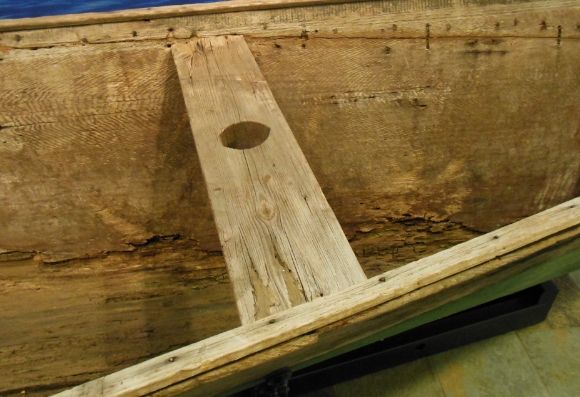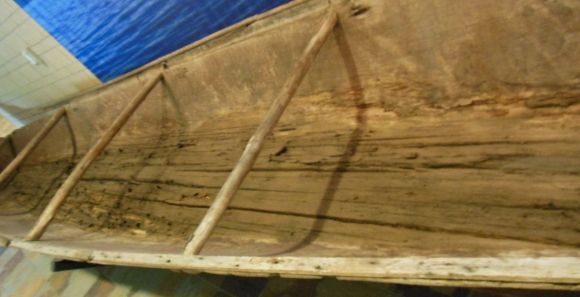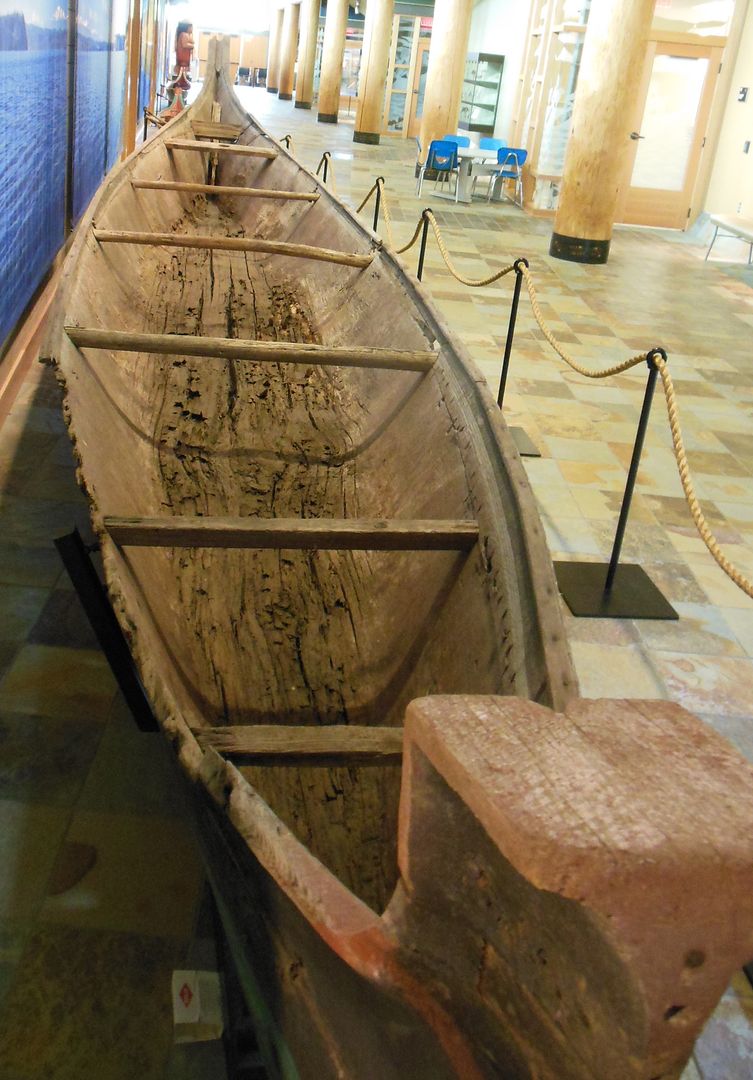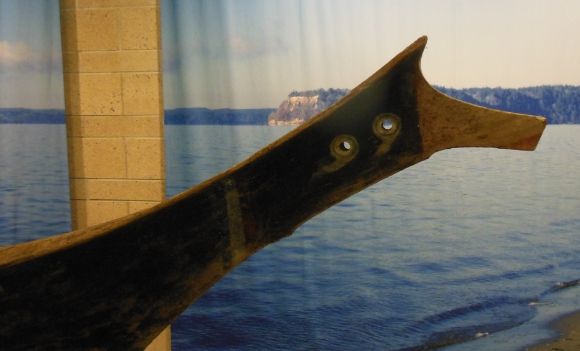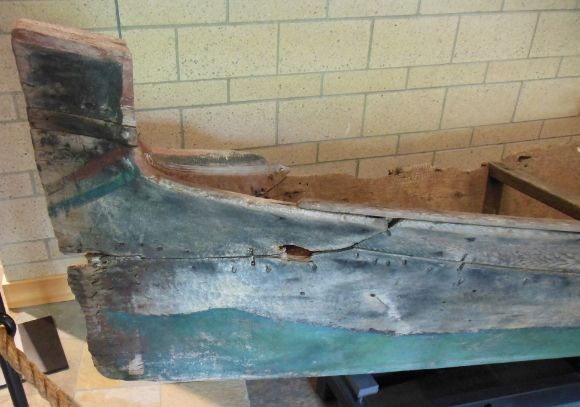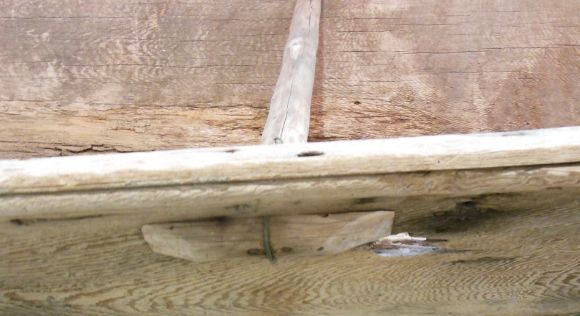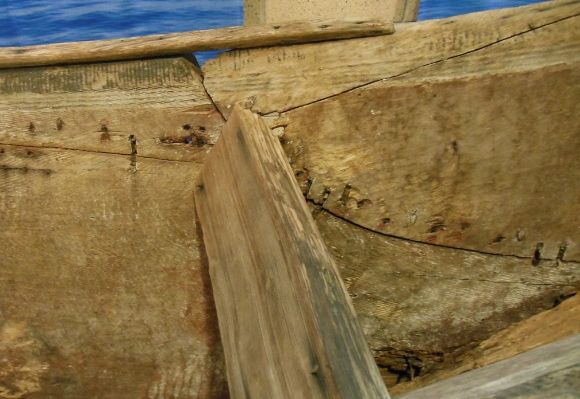By Sally Jewell, Secretary of the Interior, whitehouse.gov
This week represents another important step forward in the nation-to-nation relationship between Indian Country and this Administration. Yesterday, President Obama signed an Executive Order establishing a White House Council on Native American Affairs, which will help to continue to strengthen our federal partnership with Tribal Nations.
As Secretary of the Interior, I am honored to chair this Council, which will bring together federal departments and offices on a regular basis to support tribes as they tackle pressing issues such as high unemployment, educational achievement and poverty rates. By further improving interagency coordination and efficiency, the Council will help break down silos and expand existing efforts to leverage federal programs and resources available to tribal communities.
Throughout the year, the Council will work collaboratively toward advancing five priorities that mirror the issues tribal leaders have raised during previous White House Tribal Nations Conferences:
1) Promoting sustainable economic development;
2) Supporting greater access to and control over healthcare;
3) Improving the effectiveness and efficiency of tribal justice systems;
4) Expanding and improving educational opportunities for Native American youth; and
5) Protecting and supporting the sustainable management of Native lands, environments, and natural resources.
Identifying these priority areas was just one of the many beneficial outcomes of the White House Tribal Nation Conferences, which have been held each year since the President came into office. That is why it’s so important that yesterday’s Executive Order also takes the step of codifying the White House Tribal Nations Conferences as an annual event to ensure that the Executive Branch will continue to meet directly with federally recognized tribal leaders each year.
We know the power of these conferences to strengthen the nation-to-nation relationship between the United States government and tribes and want to ensure that they continue.
The federal government’s unique trust relationship with tribes, as well as distinct legal and treaty obligations, calls for a priority effort to promote the development of prosperous and resilient tribal communities. Yesterday’s Executive Order underscores this Administration’s promise to engage in truly collaborative partnerships and meaningful dialogue with tribal communities.
I’m pleased to play a role in the President’s historic action to further advance the policies of tribal self-determination and self-governance that will help tribes build and sustain their own communities.












